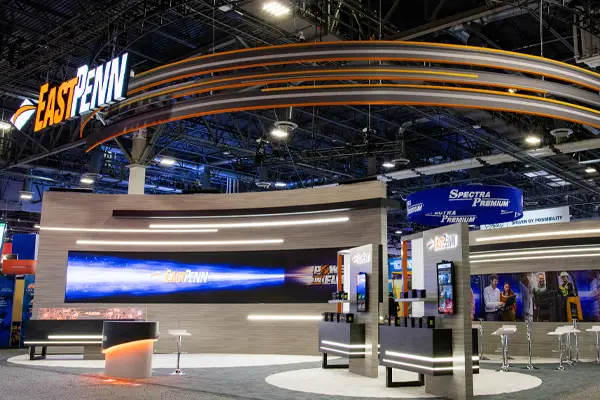Do election years influence buying and spending patterns at trade shows?
Trade shows are essential for many companies looking to generate new business. But when an election year rolls around, exhibitors might worry that the uncertainty may cause hesitation in attendees there to gather information and shop around. This question is relevant not only for exhibitors but also the show organizers.
Essential to answering this question is understanding that, while election years may feel tumultuous, the truth is that markets don’t react the way we might expect.
And big industry trade shows are a microcosm of a market.
Markets Respond to Legislation, Not Speculation
From a high-finance, investment perspective, Chief Investment Officer and former Managing Director at Morgan Stanley, David I. Bahnsen, was asked during an interview why the markets are not responding to the policies of the presidential candidates. He answered that “Markets have to respond to what will be happening legislatively.” Despite what we see in the headlines, the real impact on businesses often isn't felt until much later—if at all.
Continuing in a high-finance perspective, a divided government, often the result of an election year, tends to keep things steady. With less likelihood of sweeping legislative changes, businesses can breathe easier. As Bahnsen points out, "Markets don't mind a divided government."
Historical data shows that the S&P 500 has averaged an 11.6% return during presidential election years, which is higher than its average annual return. This suggests that while the political landscape might feel volatile, the economic landscape can remain relatively stable, giving companies the freedom to move forward confidently.
Concerns About Big-Ticket Buyers
Still, there's a real concern for exhibitors who sell high-ticket items or those looking to meet investors.
- “Will our target buyers pull back on spending?”
- “Should we reduce our presence at trade shows?”
- Show organizers might ask, “Will our exhibitors reduce their event budgets?”
All are fair questions. For businesses in industries like real estate, major equipment sales, and fintech, election years can bring hesitancy from buyers and investors. If anything, we can probably expect normal buying cycles might be longer than usual.
But here's the thing: while some buyers may delay decisions, others will see an opportunity. Fewer competitors on the trade show floor mean more visibility for those who choose to exhibit. Even when others hesitate, the brands that maintain a steady presence position themselves to grab attention and gain leads.
In times of uncertainty, companies that continue to exhibit send a message to clients: we're confident, stable, and here for the long run. This isn't about taking unnecessary risks—it's about being strategic. Exhibitors that stay on course can stand out, especially when others are pulling back.
And there's good reason to remain confident. Election years often end with little immediate policy change.
What are your thoughts? Drop them in the comments!
Contact our team if you're planning your trade show strategy and want to ensure your brand stands out in 2025 and beyond.
Combining Shows: Good or Bad for Exhibitors?
Based on the popularity of an article we published two weeks ago, we decided to have an unfiltered conversation on the topic. Please let us know if you like this new format, so we can improve the conversation on marketing strategies for events.








